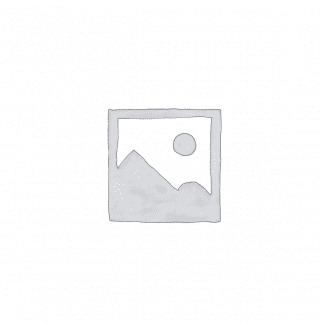CHAPTER ONE
INTRODUCTION
1.1 BACKGROUND OF STUDY
Activated carbon, also widely known as activated charcoal or activated coal is a form of carbon which has been processed to make it extremely porous and thus to have a very large surface area available for adsorption or chemical reactions (Mattson et al., 1971). The word active is sometimes used in place of activated. It is characterized by high degree of micro porosity. A gram of activated carbon can have a surface area in excess of 500 m2. Sufficient activation for useful applications may come solely from the high surface area, though further chemical treatment generally enhances the adsorbing properties of the material. Activated carbon is most commonly derived from charcoal.
Waste biomass is getting increasing attention all over the world for activated carbon development as it is renewable, widely available, cheap and environmentally friendly resource. The common method of development is thermochemical (Kumar et al., 2005). The main concern is the removal of chemical component by adsorption from the liquid or gas phase (Bansal et al.,1988).
DOWNLOAD COMPLETE WORK
DISCLAIMER:
- For Reference Only: Materials are for research, citation, and idea generation purposes and not for submission as your original final year project work.
- Avoid Plagiarism: Do not copy or submit this content as your own project. Doing so may result in academic consequences.
- Use as a Framework: This complete project research material should guide the development of your own final year project work.
- Academic Access: This platform is designed to reduce the stress of visiting school libraries by providing easy access to research materials.
- Institutional Support: Tertiary institutions encourage the review of previous academic works such as journals and theses.
- Open Education: The site is maintained through paid subscriptions to continue offering open access educational resources.



